Global biz execs upbeat on annual meetings' aims
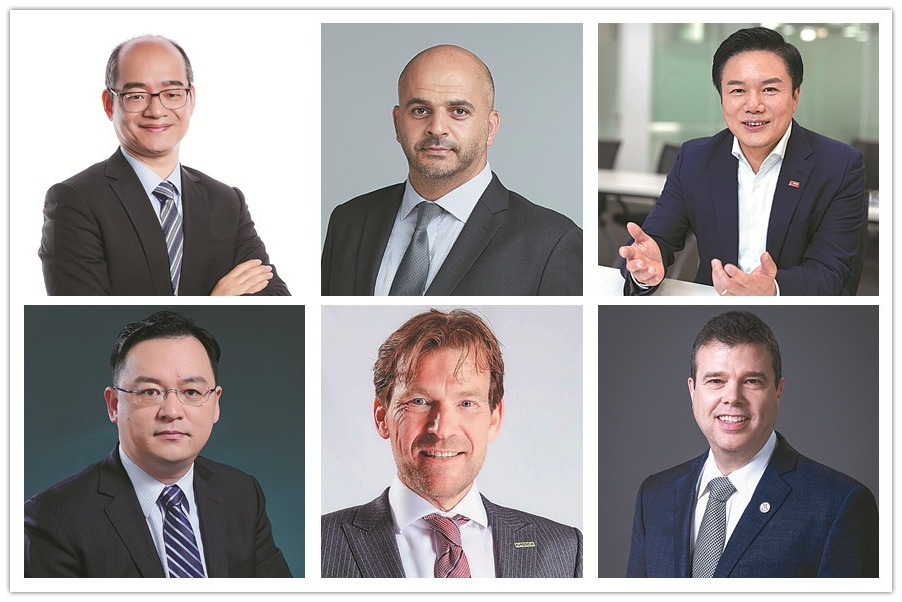
Editor's Note: Amid challenges including geopolitical tensions and the tightening policies by major central banks, the focus has been on how the two sessions-the annual sittings of China's national legislature and top political advisory body-will map out this year's policy agenda to navigate the world's second-largest economy through headwinds and further open up its vast market to the rest of the world. China Daily spoke with multinational executives about their takes on the two sessions, expectations for China's high-quality development and new opportunities they are seeking in the country.
Q1: Looking at 2022, what are some of the new opportunities that China's high-level opening-up has offered to your company? Do you anticipate or look forward to any new measures in this regard to be unveiled at the two sessions, such as improving the business environment and/or expanding market access?
Q2: The two sessions are expected to roll out a host of policies to push high-quality development, such as making economic growth more balanced, green and innovation-driven. What do you think of prospects for China's high-quality development? How will your company seize related opportunities?
Q3: How do you evaluate your company's recent performance in China? As the two sessions are expected to map out measures to bolster economic growth, what are your expectations of your company's growth potential in China this year?
Q4: Against the backdrop of rising headwinds to globalization and the potential risks of decoupling, how do you see the room for cooperation with your Chinese partners? Do you have any plans to deepen industrial cooperation with your Chinese partners this year?
Q5: The US Federal Reserve is planning measures to tighten its policy, which has raised concerns among some that global capital might be drawn back to the United States. Will the Fed's tightening affect your investment plans in China? Do you have any plans to boost investment or expand employment in China this year?
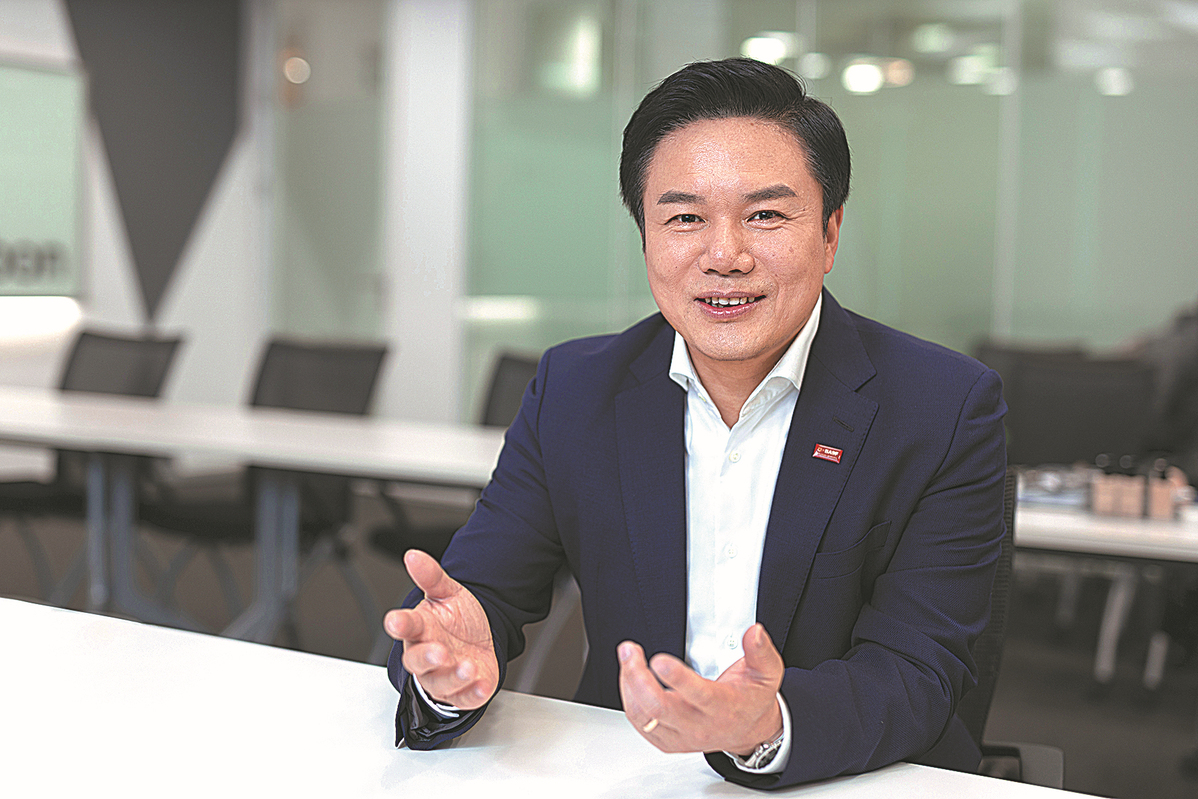
A1 As a multinational company firmly committed to this dynamic market for many years, BASF has benefited from the country's constantly optimized business environment, more streamlined approval procedures, and broader market access.
The BASF Guangdong Verbund site is a vivid example. The successful landing of such projects would not have been possible without the government's policies to widen market access and improve the business environment. We look forward to the implementation of more government measures and policies that incentivize low-carbon technologies and products to promote a circular economy.
A2 At BASF, we believe that the chemical industry greatly contributes to the high-quality development of society. Innovations have made BASF the leading chemical company today. Our innovative power is based on effective and efficient research and development. In China, BASF operates the largest R&D site for BASF in the region-Innovation Campus Shanghai covering a wide range of topics with more than 700 scientists and around 750 R&D employees.
A3 BASF is aiming for net-zero carbon dioxide emissions by 2050. One of the most critical new technologies is to replace steam with renewable electricity to produce essential chemicals, thereby significantly reducing carbon dioxide emissions. These chemicals produced are building blocks for numerous value chains, making this technology crucial for sustainable chemical production. In addition, the company has also secured 100 percent renewable power for its first plants. All these levers will contribute to the Guangdong Verbund site having the lowest projected carbon dioxide emissions in the world.
A4 Talking about the partnership, the best example will be BASF-YPC, a 50-50 joint venture between BASF and Sinopec. It is one of the most successful JVs of BASF globally since the JV's establishment in 2000.
In the battery materials sector, last year BASF announced the creation of a JV to produce CAM(cathode active material) and precursors with Shanshan, a leading lithium-ion battery materials supplier in China. With this collaboration, BASF will further contribute to accelerating the transformation of the transportation industry towards electro-mobility.
A5 Today, the majority of our products supplied to Chinese customers are produced locally. Moreover, we are conducting extensive local R&D activities to support local champions to advance their innovation edge. The continued investments into production capacity and R&D resources in China allow BASF to further enhance collaboration with Chinese partners.
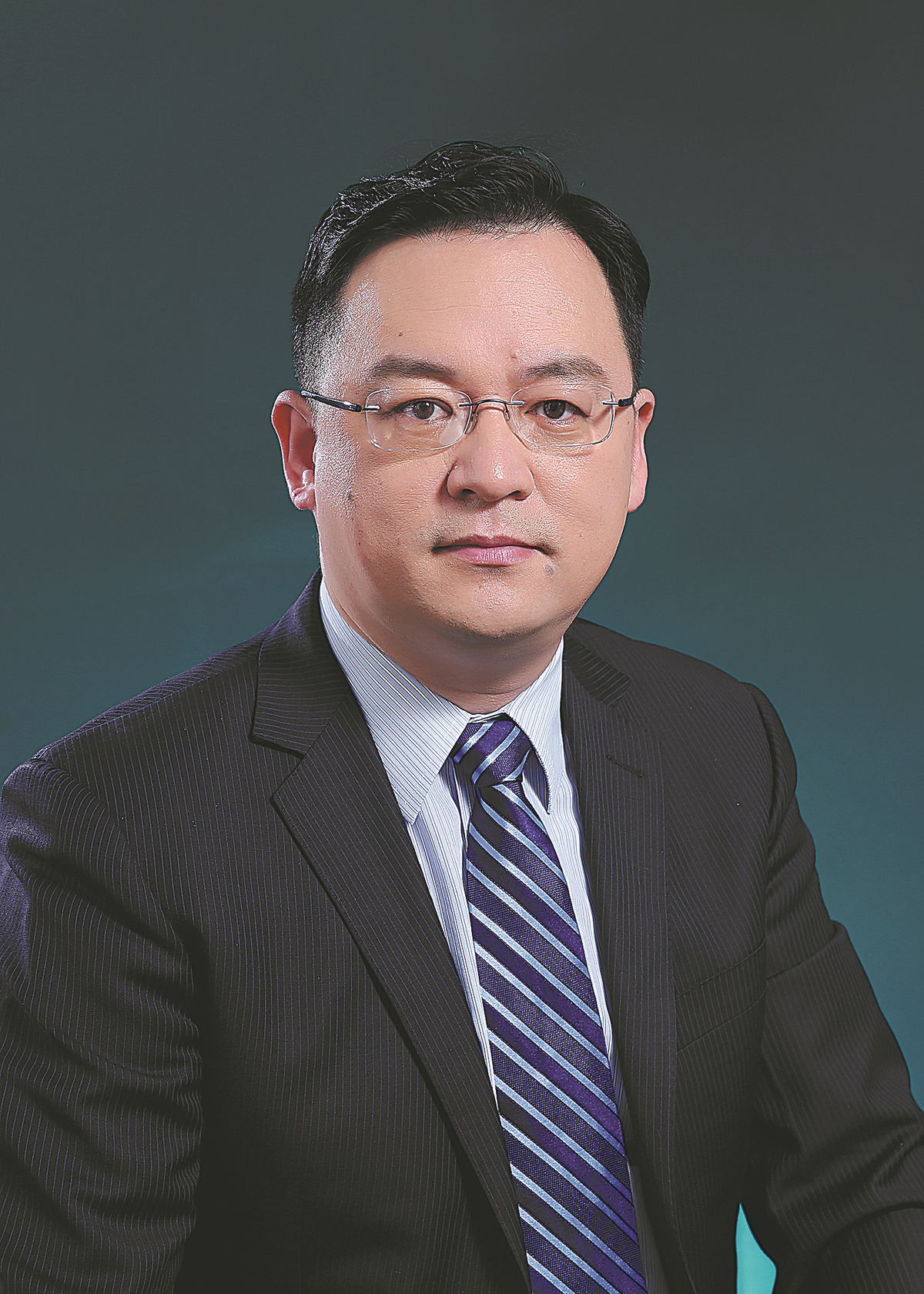
A1 It is encouraging for us to see from the annual Central Economic Work Conference held last December that the Chinese government will implement a proactive fiscal policy to sustain economic growth in 2022. A stable macroeconomic environment and unwavering commitment to further reform and opening-up are crucial for us to make long-term investment decisions since most of our businesses are both capital and technology intensive in nature. We look forward to seeing the detailed policies and regulations to be released at this year's two sessions.
A2 China's high-quality development strategy embodies a future-proof vision based on a thorough understanding of economic growth and its impact on global climate change. It is driven by innovation and sustainability, which will enable China to build a greener future.
Corning's 171-year company history is imbued with inventing life-changing technologies using our deep expertise in material science. Our sustained investment in research, development and invention means we're always ready to solve the toughest challenges alongside our customers.
A3 In 2021, Corning delivered over 20 percent year-on-year growth in sales with strong contributions from China. We achieved mass production at three of our display glass manufacturing plants and one pharmaceutical tubing plant in Bengbu. We also made an announcement of a major investment in Chongqing for both of our display and protective cover glass businesses to support our customer's business growth and economic development in western China.
In 2022, we plan to further expand our capacity in several of our businesses to support growing demand from our customers.
A4 China's miraculous economic success in the last four decades was achieved largely due to the strategic approach, which focuses on openness, collaboration, sharing, innovation and sustainability.
Throughout the last four decades, Corning has built long-lasting strategic partnerships with China's industry leaders in display, optical communications, life sciences, automotive and consumer electronics industries. We have been playing a pivotal and enabling role in the ecosystems of industries we participate in.
A5 China has always been a strategic market for Corning, and is so far the only one where all five of our market-access platforms have a presence outside the US. In the last four decades, we have invested over $9 billion in 23 manufacturing and research facilities with over 6,000 employees in China.
In 2022, we plan to execute our announced capital projects, expand employment as we ramp up production and invest in new businesses as the opportunity presents itself.
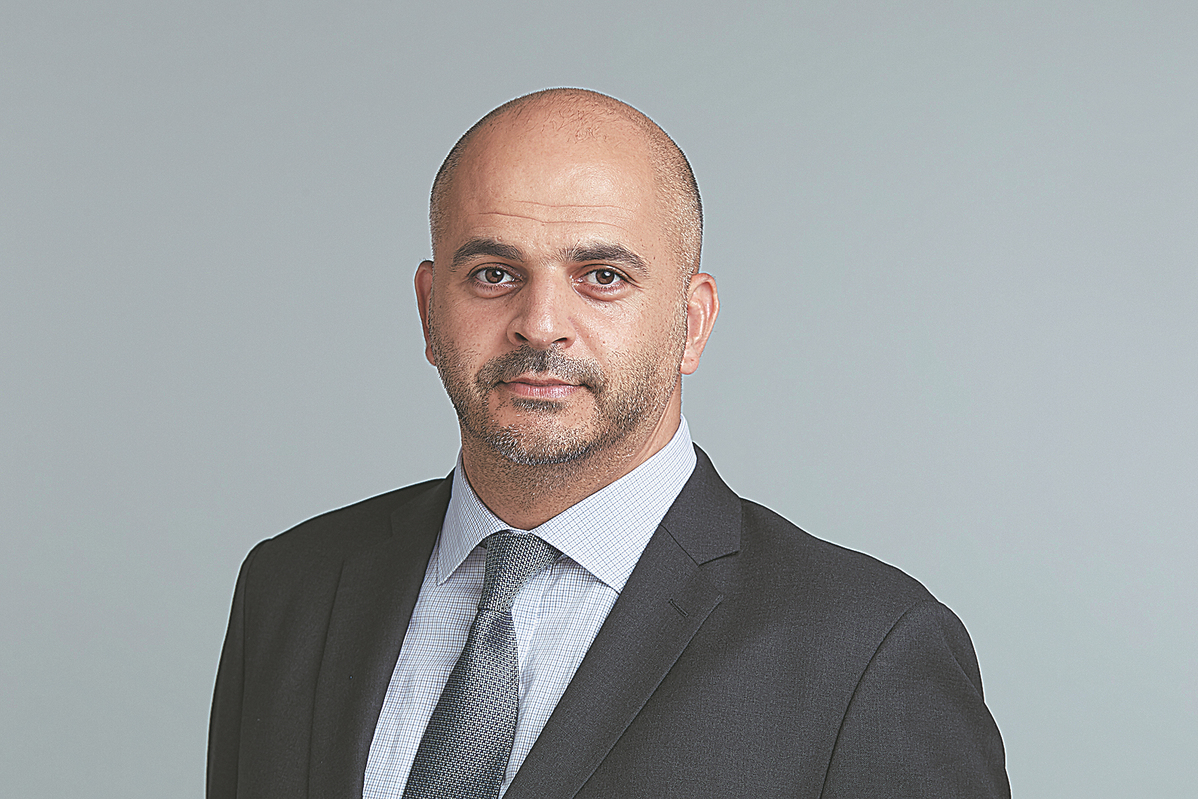
A1 Over our nearly 50 years of operating in China, we have been witnesses, participants and beneficiaries of the country's opening-up and reform. Further progress along the same trajectory will further build confidence and support the next phase of collaboration between Chinese businesses and global companies-both in the China market and for global markets. We are thus optimistic about China's economic growth and believe the importance of the Chinese market will grow further.
A2 Our understanding of high-quality development is that it links closely to achieving China's "dual carbon" targets of peaking its CO2 emissions by 2030 and achieving carbon neutrality by 2060. For many of the industries that we serve, these ambitious targets are equally challenging and necessary to drive the decarbonization of power across industries that are the backbone of the global economy.
At our core, Cummins has embraced this transition in our "Destination Zero" strategy-working with our partners and customers to bring products to market that lower emissions today, reduce well-to-wheel emissions, drive wide-scale customer adoption and achieve zero emissions by 2050.
A3 China is one of the most important markets for Cummins globally. Despite the variety of challenges our industry has faced during the COVID-19, strong markets and business performance have delivered two consecutive years of double-digit growth, with consolidated and unconsolidated sales exceeding $7.4 billion in 2021-an all-time peak for our business in China.
We believe our continued focus on technological innovation, long-term "win-win" partnerships, and the diversity of products and applications position us well to continue to deliver value to our OEM and end-users.
A4 Our connection with China started in 1975 and we are continuing to expand our existing partnerships and are constantly working to establish new partnerships with key market leaders. Recent examples include: our new joint venture with Sinopec-focused on producing the most advanced, industrial-scale and green hydrogen electrolyzers in the world, and expansion of our partnership with Foton to include advanced after-treatment systems.
A5 The short answer is yes. Our business in China is extremely important to the continued growth of our company and integral to the execution of our strategy. China continues to be the largest end-market by volume in the world; a critical link in our global supply chain; and one of the fastest developing markets for new energy and hydrogen. Along with expanding our partnerships with local companies, Cummins will continue to invest in expanding our wholly-owned operations in China.
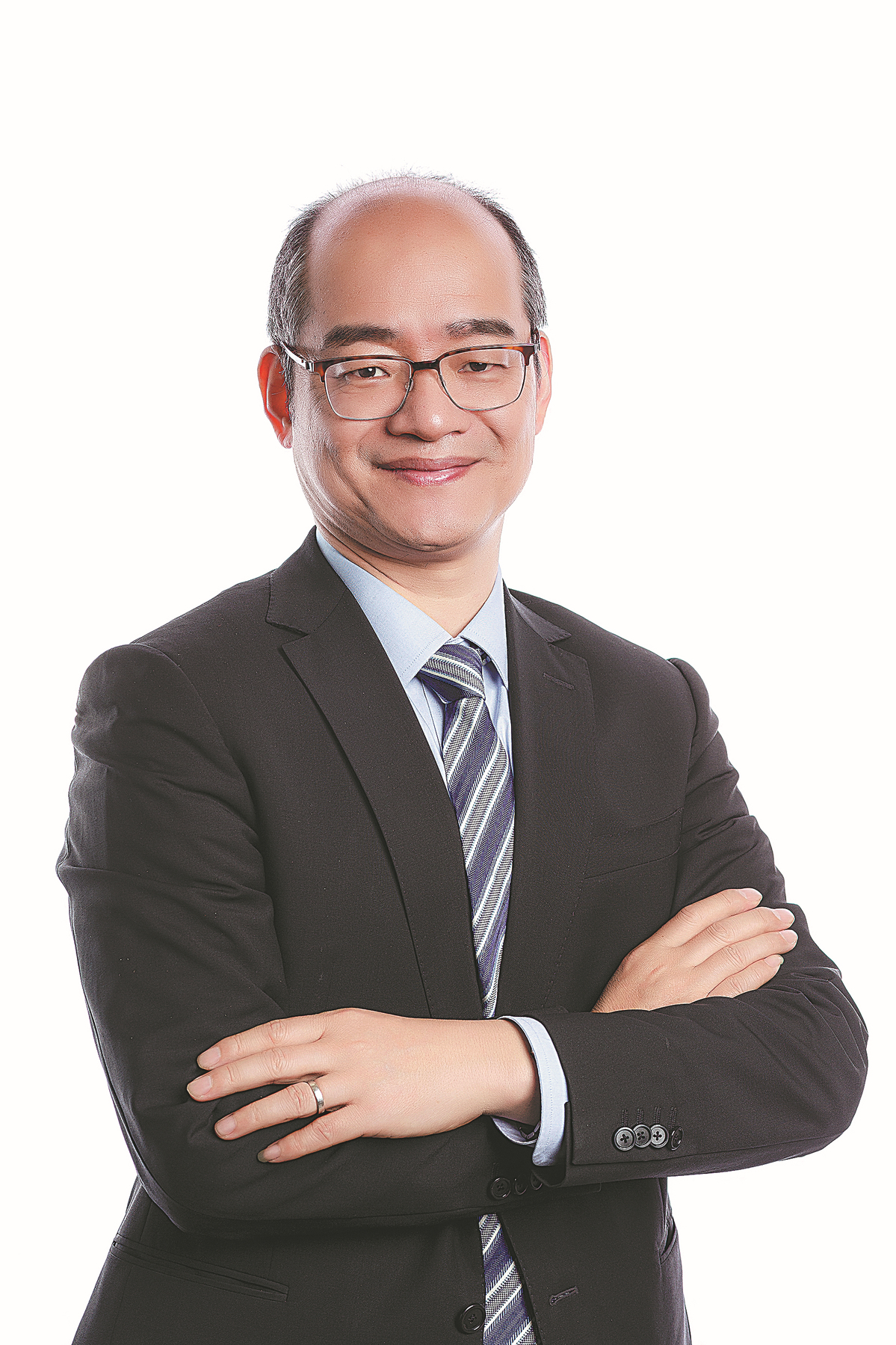
A1 China's high-level opening-up efforts have created a very favorable investment environment and business opportunities for Honeywell. In December, Honeywell Building Technologies business group launched its new innovation center in Xixian New Area of Xi'an, Shaanxi province.
We expect that China will continue the policy support to ensure the stability of foreign trade and investment. These measures will provide a stable environment for foreign enterprises' operation and development in China and facilitate their local technological innovation.
A2 Honeywell is optimistic about China's economic growth and we believe that China has the conditions and capabilities to maintain the positive momentum during the new stage of high-quality development.
With our core business perfectly aligned with the development trends of China's market, such as digitalization and sustainability, Honeywell is well-positioned to participate in China's high-quality development by working together with local partners.
A3 Our growth in China continues to be robust with a strong market position. China has developed into Honeywell's second-largest single market and the company's largest growth market. We are optimistic about China's economic growth and believe the importance of the Chinese market will further grow.
With China opening further to the outside world, Honeywell will continue to enhance local R&D and production capabilities and bring technologies and products developed in China to overseas markets.
A4 Honeywell has been doing business in China for more than 80 years and has been committed to working closely with Chinese partners to create a healthier, safer, smarter and more efficient sustainable future. We also deepened local partnerships by signing more than 20 business agreements with Chinese partners during the fourth CIIE in 2021.
A5 Honeywell is confident of our business prospects in China and has been continuously expanding investment and growing with our local partners.
In particular, Honeywell is uniquely positioned to shape a sustainable future in China together with our local partners. In February, Honeywell and Oriental Energy Company Ltd jointly announced that a sustainable aviation fuel production facility with an annual output capacity of 1 million tons would be built in Maoming, Guangdong province. It is expected to be the world's largest SAF production facility with used cooking oils and animal fats as feedstock, enabling greenhouse gas emission reductions in China's aviation industry.

A1 China's opening-up has been a key driver of globalization and is particularly important as the world battles to recover from COVID-19. As a beneficiary, Merck applauds China's ongoing efforts to create a more open and transparent business environment and fully intends to continue to invest here. 2022 will present new opportunities to collaborate on providing innovative health management solutions aimed at helping China deliver more integrated, future-oriented health services to its people. We look forward to further measures being presented at the two sessions to expand access to high-quality solutions and facilitate an even more favorable and open business environment.
A2 Given the importance of people's health, high-quality healthcare development is essential. Merck is delighted to see China's advances here and works as an eager contributor. Beyond providing innovative and high-quality drugs and solutions, our local manufacturing facility in Nantong, Jiangsu province, addresses the increasing need for essential quality drugs in China. We will continue to further explore safe, effective and affordable pathways and expand access for Chinese patients.
A3 Merck China Healthcare delivered an overall stable business performance as expected, even in the context of the complexity and turbulence accompanying COVID-19. Increasing patient needs for quality solutions present innumerable opportunities for growth, and we remain positive about the potential of that this year. Merck will continue to enrich its portfolio and accelerate the introduction of innovations into the Chinese market to benefit more patients. We will also continue to explore new pathways to improve access and affordability.
A4 We especially see a growing trend for more collaboration in biopharmaceuticals. Successful partnerships are mutually empowering, strengthening each other's capabilities and likelihood of success. Merck has established extensive partnerships with local innovators in areas such as drug development and delivery, digital transformation and disease management to reinforce full lifecycle management. These successes prove we are on the right track.
A5 China is an important strategic market and growth engine for Merck worldwide and Merck is very optimistic about its development potential. Examples of our recent growth and expansion in China include Merck having quadrupled the number of global clinical studies conducted in China from 2016 to 2019, our establishment of a Nantong production site and a China R&D center in Beijing. Merck will continue to invest and engage in the Chinese market, contributing to the achievement of Healthy China 2030 and the 14th Five-Year Plan (2021-25).

A1 In recent years, we have witnessed a historic transformation of Chinese society culminating in the elimination of absolute poverty and the development of a moderately prosperous society in all respects. Underlying these accomplishments are strategic reforms predicated on inclusiveness, rule of law and the continued development of an innovation-driven economy and ecosystem in China.
For the innovative pharmaceutical industry, this has led to important opportunities to bring innovative healthcare solutions to Chinese patients. The two sessions will lead to more meaningful discussions and productive policies that further support innovative solutions to improve healthcare for Chinese people.
A2 We look forward to expanding our partnerships with the local healthcare ecosystem to bring our latest innovations to Chinese patients. Additionally, Novartis has set ambitious environmental sustainability targets to be fully carbon neutral, plastic neutral and water sustainable by 2030. In China, this includes adding solar energy to our Changping manufacturing site in Beijing, bringing green chemistry to our R&D facilities and surrounding communities, and a 30-year commitment to afforest 21 million trees in Sichuan province.
A3 I am very proud of our progress and expect China to become our second-largest market by 2025. We have benefited from China's ongoing economic reforms and opening-up policies. From 2015 to 2020, we received 30 new drug approvals, and will file up to 50 new drug applications in the 2020 to 2024 period.
A4 Drug discovery and improving access to healthcare is a team sport. We are proud to partner with medical institutions to improve standards of care; to collaborate with local companies to bring innovation to China and global markets; to work with cutting-edge technology companies to improve disease management; and to collaborate with the Hainan Boao Lecheng International Medical Tourism Pilot Zone in Hainan province and the Guangdong-Hong Kong-Macao Greater Bay Area to bring the latest innovative drugs to patients as early as possible.
A5 We have been deeply committed to China for more than 135 years and are optimistic about our future. Our name, "Nuo Hua" literally means "commitment to China". We will continue to invest in initiatives that contribute to improving the health and wellbeing of the Chinese people, including an ambitious plan to file up to 50 new drug applications between 2020 and 2024, and to achieve 90 percent of China filings simultaneously with the rest of the world by 2024. This will translate into an improved standard of care, support for local communities and unwavering commitment to talent development and to China.

















































First, please LoginComment After ~